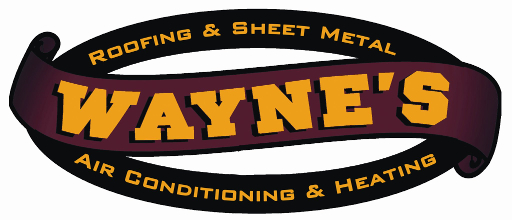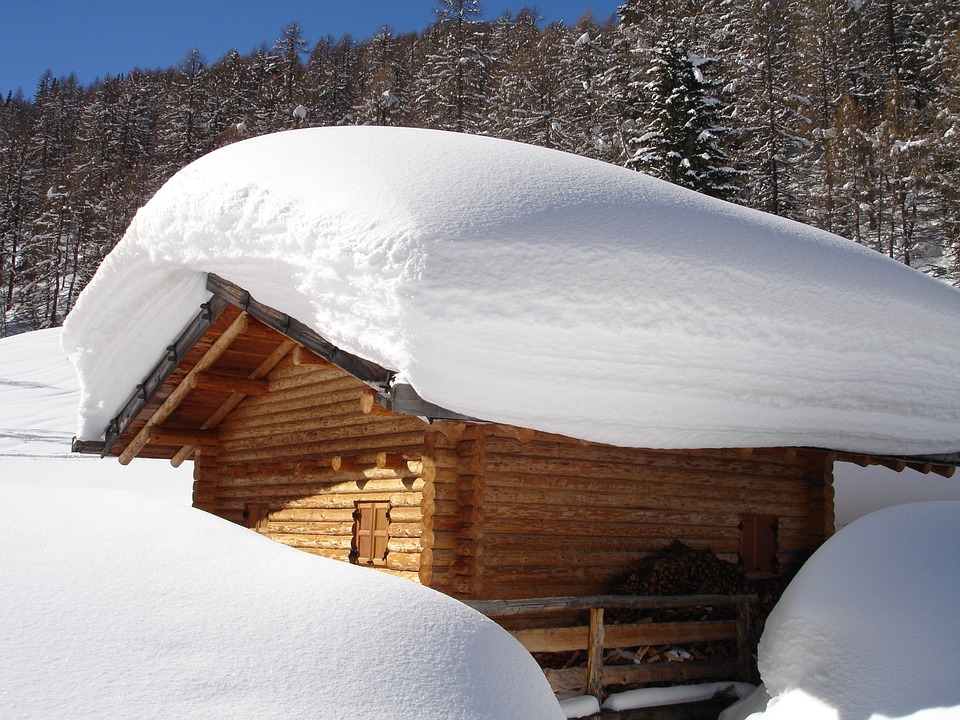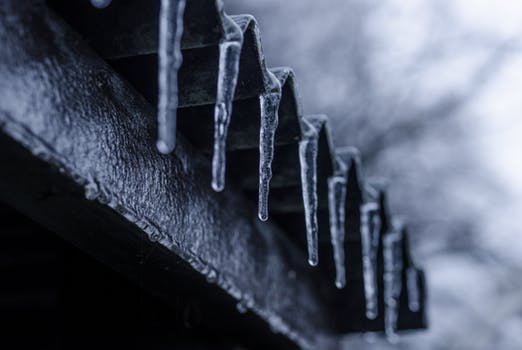De-Icing Your Roof And Gutters
With winter in full swing and the holiday season upon us, the last thing most of us are considering is the status of our roof.
Unfortunately, despite the fact that so many other things seem to take center stage at this time of year, it’s essential to provide necessary care and maintenance of your roof at such a critical time. For many of us, especially those who live in areas of the United States where winter weather conditions are severe, this is the time of year when a build up of snow or an ice dam can cause serious and significant damage.
A typical roof is designed to hold up to 20 pounds per square foot, and a single cubic foot of snow can weigh as much as 15 pounds. This means that your roof may be strained beyond it’s limitations during a heavy snowfall or following a period of accumulating snow and ice. While these measurements vary depending on your roof’s specific pitch, materials, and structural integrity among other factors, it is always a good idea to remove excess snow and ice from your roof and gutter system.
There are a number of common ways to achieve this task, and each has it’s own benefits and drawbacks. The first consideration, however, is whether you are prepared to tackle the process on your own. As with all roof repairs and maintenance, there is a definite risk in performing the work yourself – and with icy and slippery conditions, this risk is even more exaggerated. If you are inexperienced, or otherwise uncomfortable with doing the job on your own, consider hiring a professional – they are trained to perform the task efficiently, correctly, and most importantly safely.
If you do decide to go the DIY route, then you’ll need to decide which method is most appropriate for your situation. Here are some common options explained:
Heat Cables
Heat cables are intended as a preventative measure. They are most effective in situations where the roof is poorly insulated, such as over a porch or garage, or even in the gutters. These cables use electricity to produce warmth, melting the snow and ice before it is able to build up. They will not heat large areas effectively, nor are they able to melt an already existing ice dam.
Snow Rake
A snow rake, also called a roof rake, is essentially a shovel with a long handle, used to manually remove snow and light ice build up from your roof. While it is perhaps the least expensive solution, it will require you to be vigilant in getting outside and removing the snow following each and every storm – and some times this can be a rather labor intensive task.
Chemical Solutions
If you decide to use a chemical de-icer, first be sure the product is intended for use on your roof. Calcium Chloride Tablets (often called roof-melt tablets) use a chemical reaction to safely melt snow and ice. Look for a product that indicates it will prevent build up. While these are safe to use on walkways as well, some common salt products for ground use will damage your roof. Some chemical solutions are also toxic, so consider if this is a solution that is appropriate for you, and be careful when choosing your product.
Major Changes
Lastly, there is the option to consider making more permanent changes to your roof to reduce the potential for damaging ice and snow buildup. These options include roof sealants to prevent water leaking inside, increasing the steepness of the incline when replacing your roof, or metal shingles to provide less traction for snow and ice to remain on the roof. For these options, you’ll need to contact a roofing contractor.







